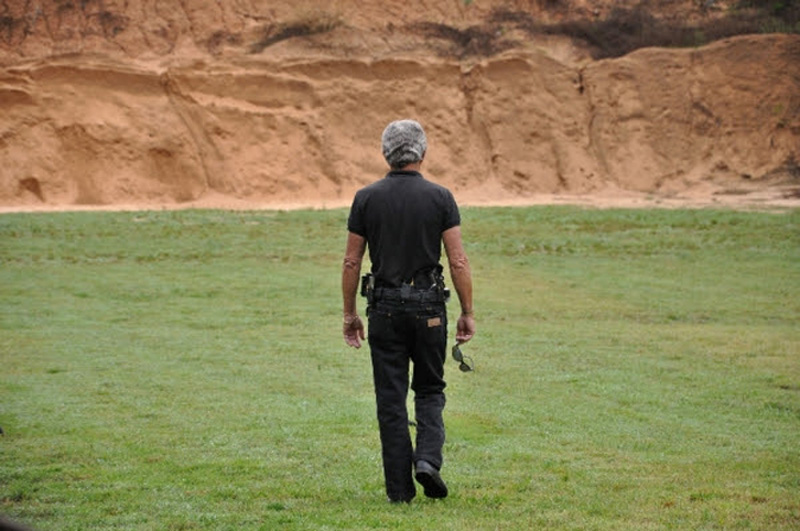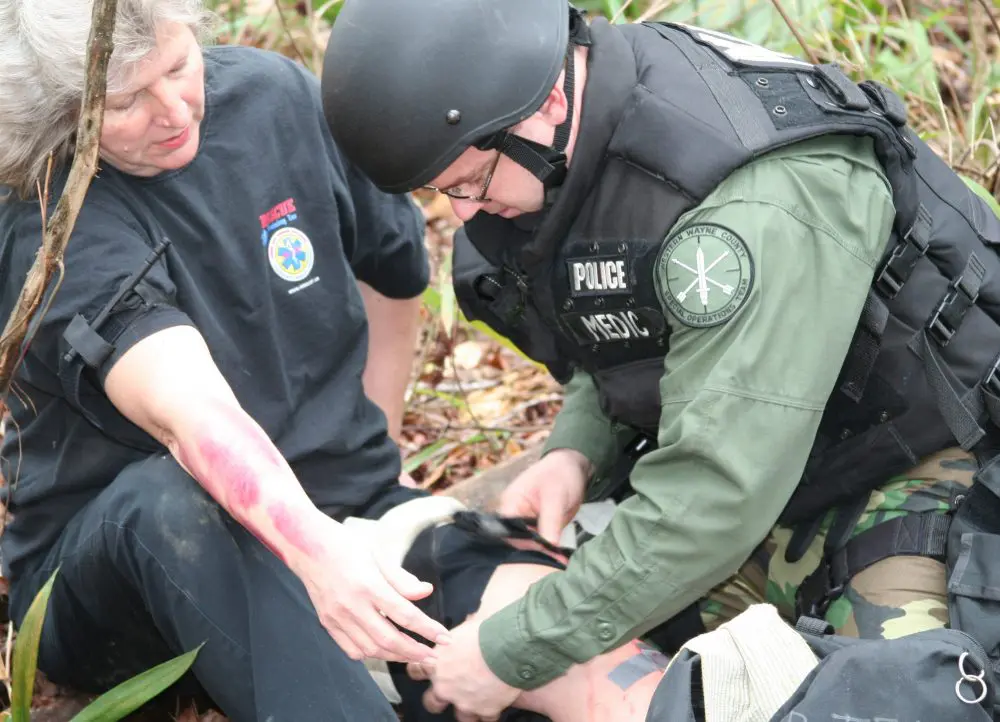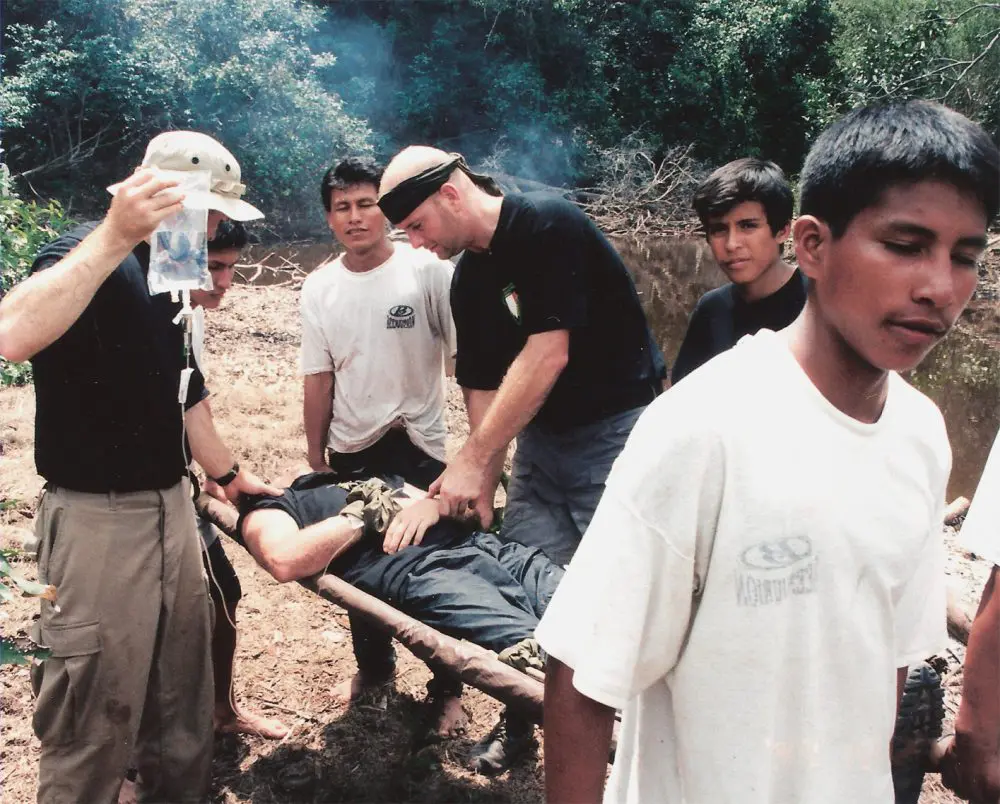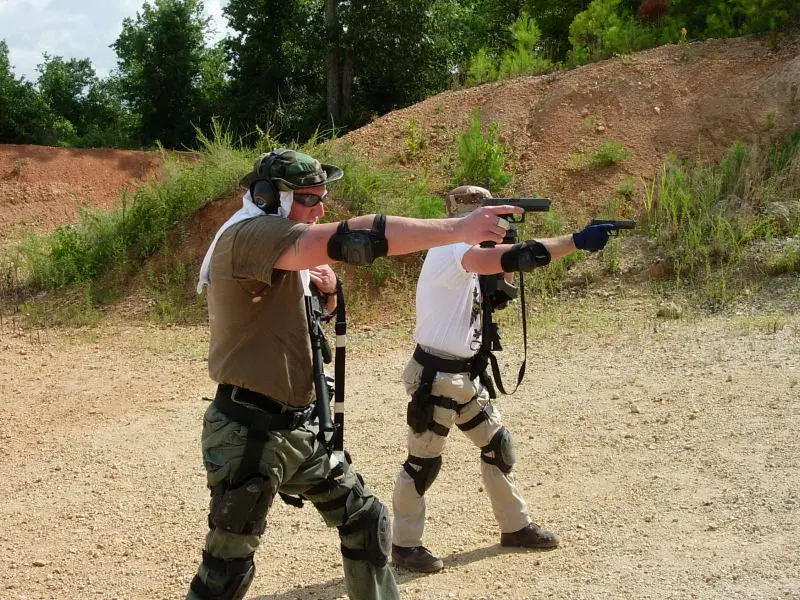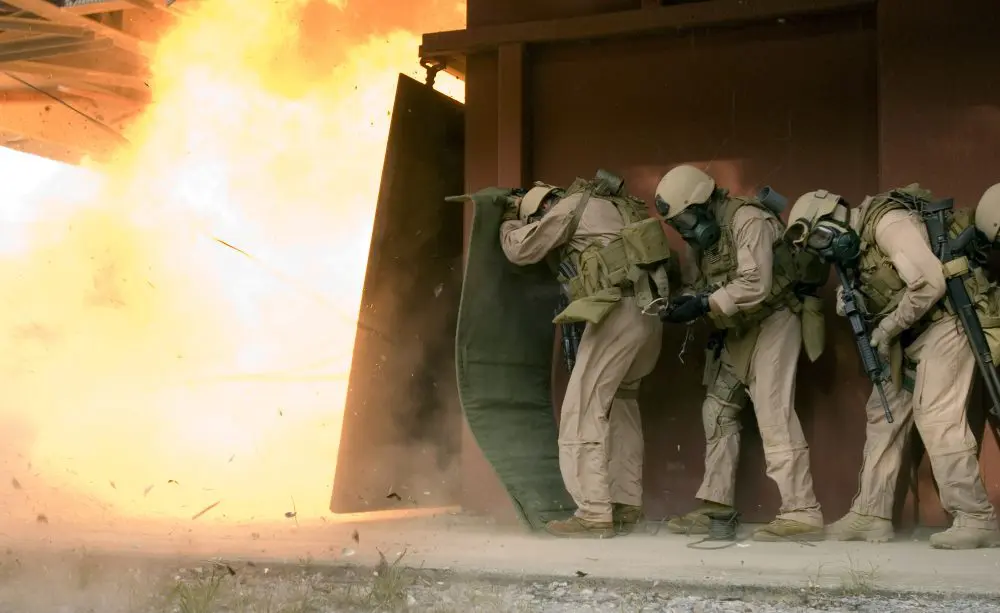ONE man’s meat is another man’s poison.
And nowhere is this more evident in the field of handguns than with the incessant ongoing arguments about bullet caliber and velocity. There is, however, a second debate that runs this debacle a close second: the revolver vs. semi-auto twittering.
For the experienced shootist/strategist who makes a procurement decision based on prior experience and self-accumulated knowledge, this neverending banter becomes merely background music to his evening meal. He knows what he wants to eat, and that’s what he orders from the restaurant server, ignoring the house band.
Now picture, if you will, the foreigner in a strange land—without a word of the local lingo. So he puts all his trust in an epicurean expert to order his meal—and winds up with gorilla snot and monkey brains for dinner. And that, if he is not careful, is also the firsttime defensive pistol buyer’s lot—no more, no less.
While the neophyte is, on occasion, suckered by an immoral carpetbagger who is selling a pistol purely and solely for financial gain, the uninformed pistolero often winds up with a non-compatible weapon because of well-intentioned—but inappropriate— third-party advice. “Well, I shoot an XYZ Model 3 because I’m an accomplished shot and this caliber will stand a charging elephant on his trunk at 50 yards.”
Maybe your patron is Dead-Eye Dick, and maybe he isn’t. And even if he exaggerated Jumbo’s charging distance by half, he probably has your interest at heart—even if he’s a blowhard. But if you made your own decision about buying a car or a house, why would you accept advice on firearms on blind faith? If you don’t lay down the lettuce for a car without test-driving it, why are you buying a deadly force life-saving tool without test-firing it?
The plain and simple answer is that in the case of a car, you know in advance what you want, be it a tiresmoking dragster, an off-road vehicle, or a mini-van. You may have to refer to an adviser to obtain claimed horsepower, torque, and gas consumption figures, or maybe even some inside information on handling and braking quirks that aren’t known to the general public. But you have absolutely no intention of buying a Mini Cooper to cart your sextuplets to soccer practice, that’s a given.
So now you’ve made the decision to buy your first self-defense pistol.
But first, you acquire a firearms “bible” in the hopes that you will find the perfect handgun for your personal defense needs. Twenty minutes’ reading convinces you that every pistol ever made is the most reliable, most accurate, easiest to shoot weapon on the face of the earth. While there are, indeed, many pros and cons in this world, while reading you soon discover that many of them are gainfully employed in the firearms profession. If you luck out and get a pro, you’re in business. If you encounter a con, he can get you killed in a deadly force situation.
So you relegate the newly acquired “bible” to puppy house-training material status, and call that rarest-of-therare earthly organisms—an honest, knowledgeable friend. The one person you can trust not to feed you armchair commando/old wives’ tales. Somebody who will take the time to bring you to a firing range with a variety of pistols—preferably chambered for different calibers—and will explain the generic whys and wherefores of the various weapons and calibers.
You then experiment with the different manipulation techniques of the various handguns, and then—and only then—live fire the pistols under controlled supervision. If you don’t have the acquaintanceship of this rare diamond, go to a gun store that has an onsite live-fire alley or firing bays, ask to examine various models of handguns, and have the attendant explain the upsides and downsides of the respective weapons and calibers. Then ask to live-fire your primary choices, after being shown the manipulation skills required to load and unload the guns.
Failure to accede to any of the above requests by the gun store staff should raise either your antennae or your ire. Go to another place of business, one that treats their customers with more respect.
Case in point: An acquaintance decided to trade his Porsche on a new Mercedes. Attired in off-duty clothes, he was informed by the smarmy salesperson that he could “start the car, but we can’t allow you to test-drive it.” He’s now driving a Lexus—a specific marque and model that he would never have considered—and is delighted with it.
Moral: Demand respect if you’ve earned it, and look over the entire marketplace before buying, irrespective of whether it’s high-powered sports cars or defensive firearms.
Don’t accept “mainstream” opinions without questioning their veracity relative to your personal requirements. You’re asking for advice, not requesting to have your intelligence insulted. It’s going to be your gunfight and your life on the line.
Examples of mainstream advice run the gamut from “A snub-nose revolver is smaller to carry and easier to shoot than a semi-auto,” to “A .45 is too big for you to handle—you need a forty-fourand- a-half.” Let’s face it: A Snubby .38 revolver is the same size as a Glock 26, holds half the same caliber ammo, and is a lot more difficult to shoot well. Or you could buy one of those special lightweight models constructed from some super-secret material that is so easy to carry concealed—and that also pounds your hand into hamburger after 20 rounds.
The truth is that no high-quality weapon is inherently “better” than another. If you like revolvers, be prepared to practice 20% harder than with a semi-auto if you want to stand in the shadow of the likes of Jerry Miculek.
Does this mean there is anything “wrong” with revolvers? Absolutely not. But in this author’s admittedly retarded opinion, the beginner will probably find it easier to start with a mechanically simpler to operate semiauto such as a Glock, Springfield XD, or Smith & Wesson M&P. Contrary to popular opinion, they are easier to operate, have much easier trigger operation, and are reliable in the extreme.
My suggestion is to then progress to the more “complex” low-capacity revolver. While this goes against the grain of common opinion, it is, nonetheless, based on one or two nanoseconds of experience in this game. And one thing you need in a close-contact shooting situation is a lot of ammo in the gun.
All operations, needless to say, should be conducted under trained supervision.
If, after your search is over, you decide that a double-action-only, highcapacity .40-caliber pistol is ideal for your purposes, don’t buy a revolver, a single-stack 9mm semi-auto, or a .63-caliber Desert Beagle.
Knowledge is power, and once you have the knowledge, you know better than anyone else your own parameters— such as hand size, strength, your ability to manipulate and fire a specific handgun, and the clothing, legal and/ or domestic restraints under which you have to operate to access said pistol in time of need. As the saying goes, “A hit with a .22 is better than a miss with a .45.”
While what’s sauce for the goose is indeed sauce for the gander, when it comes to defensive pistol selection, one man’s meat may very well be another’s poison. There should be a sign on every gun store entrance door and a blurb on the cover of every firearms magazine: “Don’t knock it—or believe it—until you’ve tried it.”
